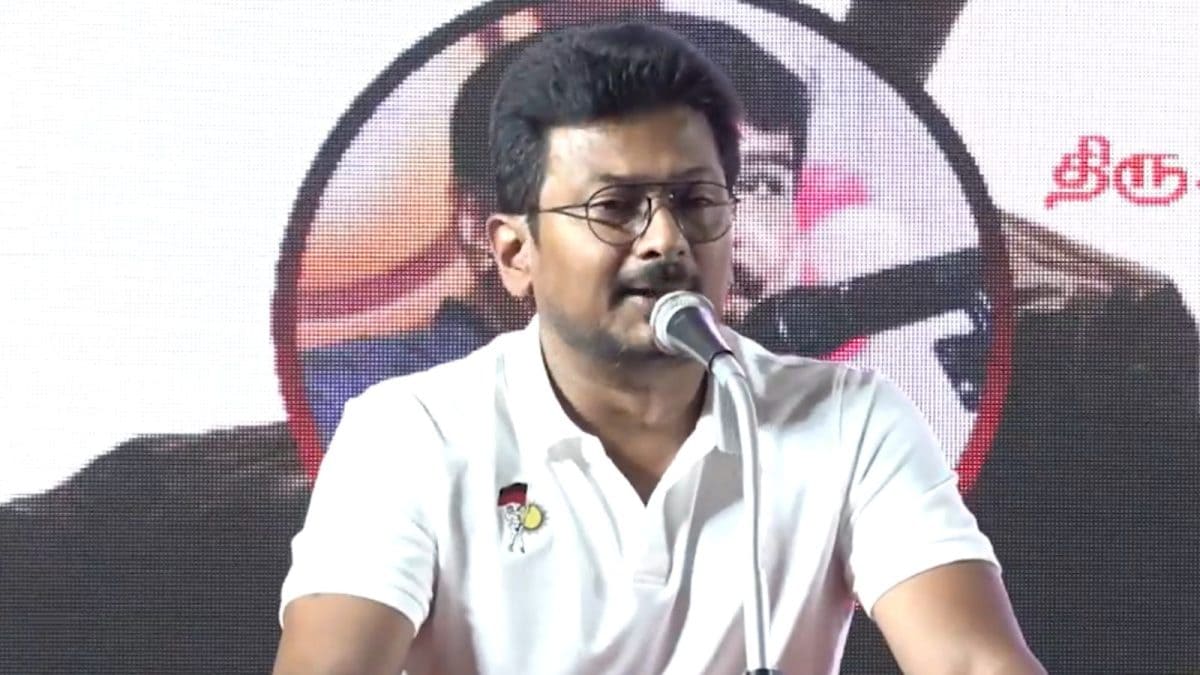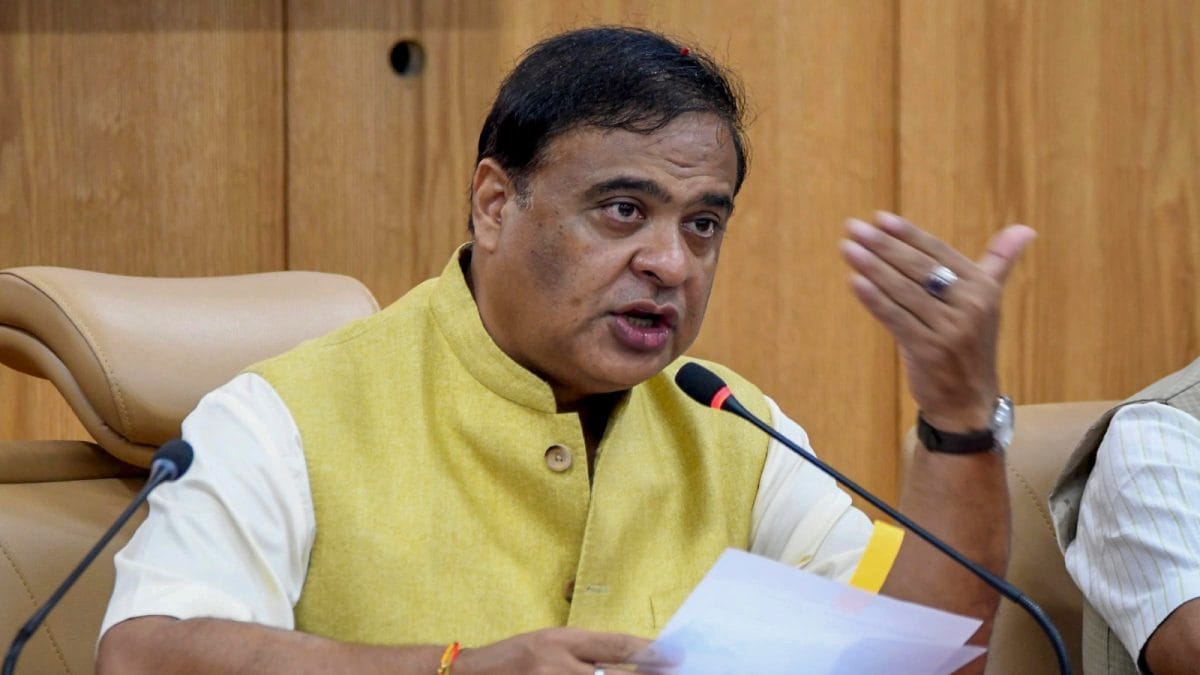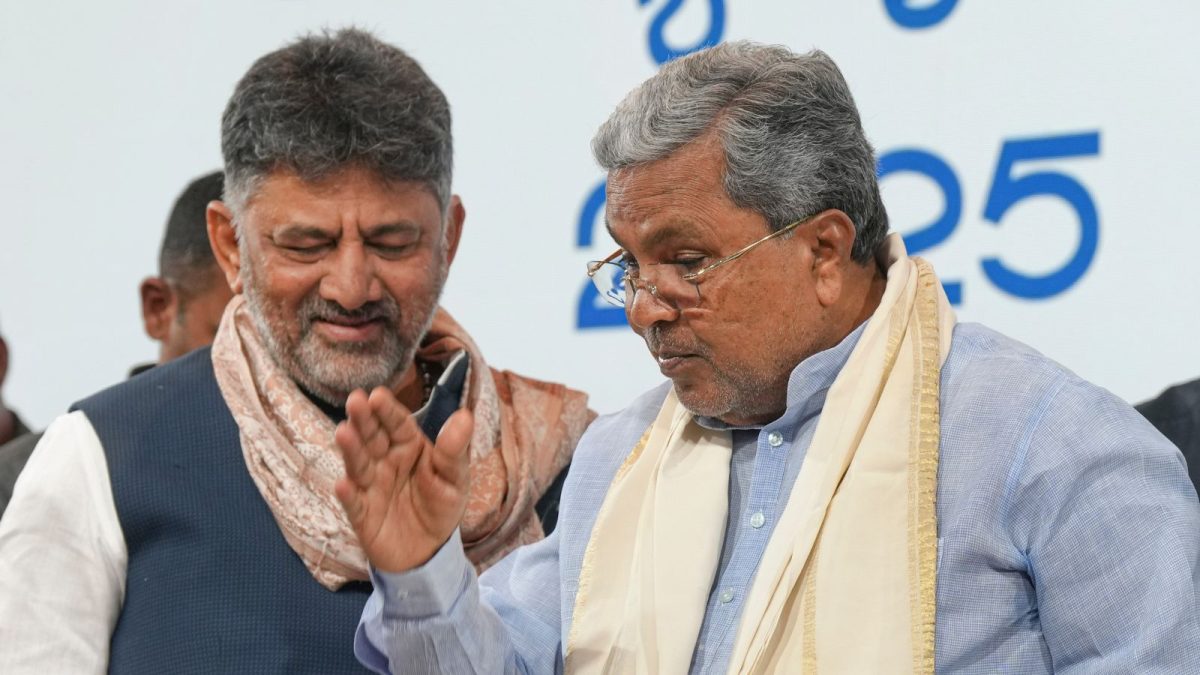Last Updated:
The Bihar cabinet reflects both continuity and inclusivity, blending Nitish Kumar’s seasoned leadership with BJP’s influential cadre and representation from other allied parties

The newly-formed Bihar Cabinet demonstrates the NDA’s effort to maintain a delicate balance between upper castes, OBCs, Dalits, and minority communities. (PTI)
The newly-elected government of Bihar was sworn in at Patna’s iconic Gandhi Maidan on Thursday, November 20, following the NDA’s decisive victory in the 2025 Bihar assembly elections. Nitish Kumar, cementing his unparalleled political journey, took oath as Bihar’s Chief Minister for the 10th time, setting a new record in the state’s political history.
Alongside CM Nitish Kumar, 26 MLAs were sworn in as ministers, marking the formation of a cabinet that reflects a conscious effort to represent Bihar’s diverse social fabric. This cabinet notably includes leaders from all major communities and castes, signaling an inclusive approach in governance.
Caste Representation in Bihar Cabinet
The composition of the cabinet highlights strategic inclusivity:
- Rajput: 4 ministers
- Bhumihar: 2 ministers
- Brahmin: 1 minister
- Kayastha: 1 minister
- Kushwaha (Koeri): 3 ministers
- Kurmi: 2 ministers
- Vaishya/Bania: 2 ministers
- Yadav: 2 ministers
- Muslim: 1 minister
- Mallah/Nishad: 2 ministers
- Dalit: 5 ministers
- EBC (Extremely Backward Class): 1 minister
This lineup demonstrates the NDA’s effort to maintain a delicate balance between upper castes, OBCs, Dalits, and minority communities.
Key Appointments
- Nitish Kumar (JDU, Kurmi) – Chief Minister, representing Nalanda, continues his long-standing leadership.
- BJP leaders such as Samrat Chaudhary (Kushwaha, Munger) and Dilip Jaiswal (Vaishya, Kishanganj) bring traditional support bases into the cabinet. Jaiswal’s inclusion is significant, given the Vaishya community’s historical support for the BJP.
- Dalit representation includes Ashok Chaudhary, Sunil Kumar, and Santosh Suman, who hail from some of the state’s most marginalised communities, reflecting a commitment to social equity.
- Upper caste representation is maintained with leaders like Nitin Nabin (Kayastha, Bankipur, Patna), while Rajput representation is strong with Leshi Singh, Shreyasi Singh, Sanjay Tiger, and Sanjay Singh holding key portfolios.
- Backward class leaders such as Shravan Kumar (Kurmi, Nalanda) and Madan Sahni (EBC) ensure that the interests of influential OBC groups are integrated into policy-making.
Political Significance
The composition of Nitish Kumar’s cabinet underscores a strategic balancing act. By including representatives from all major caste groups, the NDA aims to consolidate its political base across the state. Analysts note that this caste-sensitive approach is likely to play a crucial role in the government’s stability, policy decisions, and public engagement over the coming years.
Bihar, India, India
November 20, 2025, 15:52 IST
Read More






